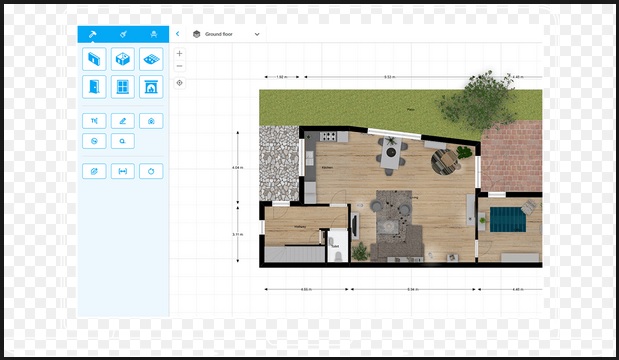
- #ADD ACCOUNT OUTLOOK FOR MAC MAC#
- #ADD ACCOUNT OUTLOOK FOR MAC WINDOWS#
Click on the Always use my response for this server check box. If you see the Outlook was redirected to the server autodiscover. Click on the OK button in the lower right corner. On the Choose a Person dialog box, type in the name of the shared mailbox, select the account in the list, then click on the Add button. Click on the + button to add a new account. Just below the Open these additional mailboxes box (the lower of the two boxes):. 
On the Accounts dialog box, click on the Advanced.Select Tools > Accounts. in the Outlook main menu.
#ADD ACCOUNT OUTLOOK FOR MAC MAC#
Add a Shared Mailbox to Microsoft Outlook 2016 - Mac
#ADD ACCOUNT OUTLOOK FOR MAC WINDOWS#
When you are a member of a shared mailbox group, you can add this mailbox to your Outlook account to view both your individual email and the group email.įor Mac instructions, scroll down or click here.įor Windows instructions, scroll down or click here. In a few moments, the message should appear in your Outlook Inbox.Ĭongratulations! Outlook is now configured to send and receive messages with your UMail account.Microsoft Outlook can handle multiple mailboxes. To test your mail settings, use Outlook 2016 to send a message to your UMail email address. If you have more than one email UMail account in the left menu, and clicking the Gear icon in the bottom right, and selecting Set as Default. You will now see your UMail email listed under Inbox (at left), as you named it in the Account description field of the Accounts window.In the Outgoing server field, enter : 465.


For example, if your NetID starts with the letter J, enter. Where ? is the first letter of your NetID.
In the Incoming server field, enter mail-?. Under both Incoming and Outgoing servers, check the boxes next to Override default port and Use SSL to connect (recommended). , where ? is the first letter of your NetID. In the Incoming server: field, enter mail-?. From the Type: drop-down menu, select IMAP. In the User name: field, enter your IT Account NetID. A new set of fields will appear where you can enter the rest of your account information: In the E-mail address: field, enter your UMail Address (e.g., In the Password field, enter your IT Account password. In the Enter your account information screen: Click the plus icon in the bottom left corner of the accounts window and select New Account. Enter you email address and when given the option, choose Not Office 365 as your mail type, then choose IMAP. If you have used Outlook for another email account and would like to add your UMass Amherst Google Mail account, you can access the Add Accountwindow by going to Outlook > Preferences and clicking the Accounts button under Personal Settings. Proceed to Step 2 below. You will then see a Microsoft Outlook Account Setup window asking you if you want to configure an email account. New Users: If you are new to Outlook or are installing Outlook on a new computer (without migrating any local data from your old computer), the Automatic account configuration feature will start the first time you open Outlook 2016 and help you configure your UMass Amherst UMail account. When you start Outlook, a Welcome to Outlook 2016 window should appear. You will be unable to verify that the process has completed and synchronize your mail successfully until you go online. Note: If you are not connected to the Internet, you will still be able to configure your UMail account on Outlook using these instructions. To identify the version of your software, look for the About link in the software's main or Help menu.Ĭonnect to the Internet, then start Outlook 2016: For other versions, there may be some variation, but the information below should serve as a guide to get you started. Note: These instructions are for Outlook 2016 (Macintosh) only. Faculty and staff using UMail will receive additional information as migrations to Google Mail and Microsoft Exchange continue. UMail will be retired in early 2020 as it has reached end-of-life and will no longer be supported.







 0 kommentar(er)
0 kommentar(er)
